Sizing UV Units
Wide spread social media consensus (including profit driven internet directions and the directions that come with the units), is that UV in the home aquarium needs to have high wattages, low flows, high dwell times, splitters or flow control valves to be very effective. This is simply incorrect.
Low wattages and low residence times are both very effective in the aquarium because of an obscure scientific principle called the Reciprocity Rule in Photobiology (a residence time of one second in ten passes has the same effect as a residence time of ten seconds in a single pass). Roughly 1 watt per 10 gallons (1 watt per 40 liter) of aquarium water is enough to kill even ich trophonts, even at high flow rates and low residence times.

For more information on UV power requirements in the aquarium click on the following links:
In the article below we look at different UV units and what their attributes are. We then make a recommendation as to the “best” UV unit in our OPINION.

Canister Filter UV Units
The UV units found inside of some canister filters are not a good investment. These units create the walls of the UV unit with the baskets inside the canisters. The baskets in the canisters are cheap polyethylene plastic. Polyethylene literally disintegrates when hit with UV light, becoming a black powder.
It is easy to stop the degradation from occurring. Simply make a tube of stainless steel sheeting that fits inside the tube formed by the baskets. Expand the tube so it hugs the basket walls. The tube will prevent the UV from hitting the plastic and degrading it. One can also wrap aluminum foil around the individual baskets in the area of the UV. Just form the aluminum foil to the outside of the baskets. The foil will not harm the fish.
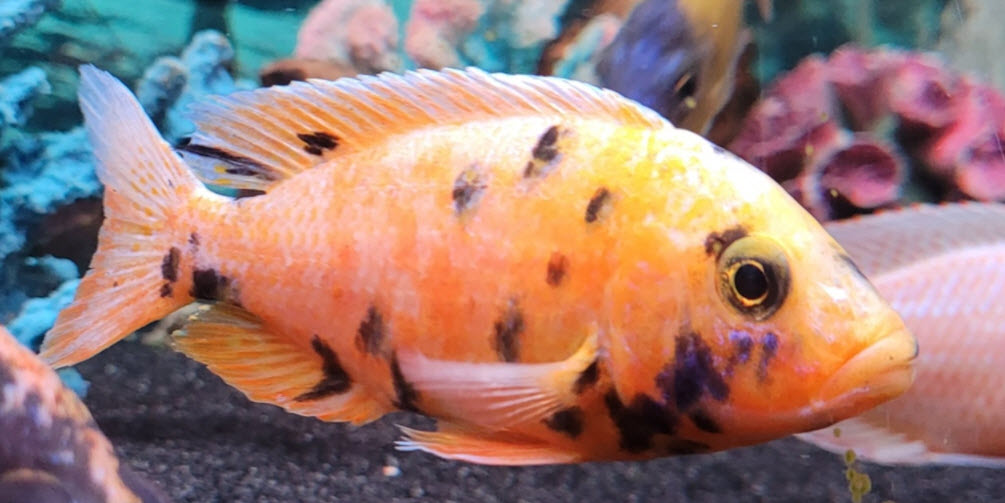
Note also that some trays have built in “swirling” ribs which are nothing more than marketing gimmicks but which prevent the stainless steel from hugging the walls of the tube made by the baskets. Just ignore the ribs and put the tube of stainless inside the ribbing. The effect on flow will only be slight. Note some baskets are now made of a gray plastic which is more resistant to degradation but there is no good way to tell which is which.
Note that if one does not replace the UV bulbs every year or so the UV unit stops putting out UV light and the degradation stops. A UV bulb typically has a 50% half if of 8,000 hours, or one year. So after one year the unit becomes a purple light treatment of water. So people often come on social media and say things like “My canister UV unit has been working for three years with no degradation”. Questioning will reveal they never changed the UV bulb and have been treating their water with purple light.
It is extremely important to replace the UV bulb at least once a year. The “half-life” of most UV bulbs is about one year. At one year of 24/7 the bulb will have half the effectiveness of a new bulb.

“Open” Sump Units
The cheapest units are simply waterproof UV tubes that one puts in a sump. The Coospider IP68 11 watts, $28 is one such unit:

.
I will make a heavy duty recommendation here:
NEVER EVER buy such a unit !!!
Notice the small red warning at the bottom of the page “UV-C light is harm (sic) for eyes and skin. Do’t (sic) look at working UVC lamp“. This is 100% true. Even momentary exposure of the human eye to UVC is damaging. It will cause cataracts as one ages. The problem is that if you have such a unit in your sump it is very difficult to prevent looking at the bulb. So it is almost inevitable you will damage your eyes with this unit. These units should never be allowed to be sold as they are decidedly dangerous.

In Tank UV Units
The Green Killing Machine in-tank units work well for aquariums under 30 gallons. The replacement bulbs for the Green Killing Machine are $30, which is pricey for something which must be replaced every year. But the bulbs have disposable built in walls, so the units don’t disappear with time. These units are probably the most popular aquarium units. There are many reviews on this product where the bulb shorted out or the pump failed after one or two months so some caution is warranted.

There are some in-tank UV units that can be purchased quite cheaply. The bulbs typically short out in weeks to months and the unit self-destructs. Also, the plastic cylinder around the bulb is cheap polyethylene and will disappear in time.
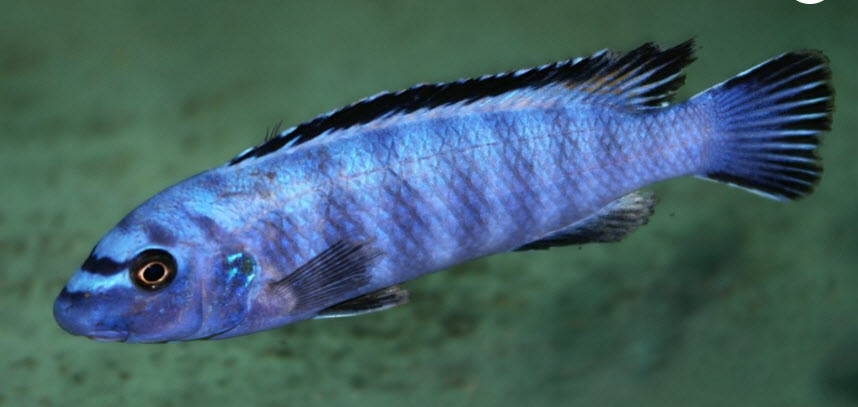
In-line UV Units
In-line units are far better options than in-tank units. The bodies of most inline UV units are made from thick black polyvinyl chloride (PVC) plastic which is quite resistant to UV (thus the wide-spread use of “vinyl siding” on homes). So, these units typically don’t degrade with time.
Small 9 watt and 13-watt units will restrict the flow of most canister filters far too much as they are too small of a diameter. So, a minimum of 18 watts for a UV unit in the aquarium is best if used as an in-line unit with a canister filter or a sump.
It is possible to split the flow of the water and only put a percentage of the water flow through a small in-line unit. This prevents the small size of the UV channels from restricting the flow of the canister very much. This will work well, again because of the “Reciprocity Law”. It just takes a little plumbing skill.

Adding UV to Hang-on-back Filters
If you have only hang-on-back filters on an aquarium, take a powerhead pump and put it in the aquarium. Hook up tubing from the pump to an in-line UV unit outside the aquarium, with a line back to the aquarium. Be sure and use steel clamps on all the tubing connections. Hook the pump up to work as a vacuum, this keeps leaks minimized. UV units work fine at low flow rates.
For small tanks this option is excellent even with the very small 9 watt in-line UV units. Actually this 9 watt option is good up to a 90 gallon aquarium!


Selecting a UV Unit
A cheap 18-watt unit is enough in the home aquarium for units up to 180 gallons. Look up the cheapest 18-watt UV bulb ($5?) you can buy on the internet and then finding the cheapest flow through in-line unit which uses that bulb ($381 units and $43 units use the same UV bulb! Go figure?).

Here’s the UV units one particular UV bulb is a replacement for:
MarineandReef .com, 18 W UV Bulb, ESU 2G11 Base, $5.25:
- Jebao UV Ultraviolet Sterilizer UV-H18 $42.99
- Sunsun CUV-118 UV Sterilizer 18W $55.19
- Cal Pump U.V. Clarifier #UV18 $162.99
- TetraPond GreenFree UV Clarifier $172.70
- Coralife Turbo-Twist UV Sterilizers $174.99
- Pondlife Turbo-Twist UV Pond Clarifiers $179.98
- Aqua Medic Helix Max $381.59
Take your choice. I would go with the Jebao myself. I have about seven Jebao units and they seem to work pretty well.

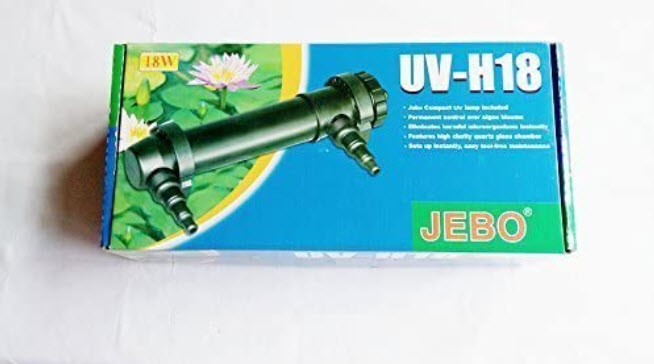
Note one Facebook individual went with an $80 stainless steel pond UV unit, the Jebao 36w STU Stainless Steel UVC Clarifier. This was an excellent choice. The stainless steel is a very good material for a UV unit, increasing the efficiency of the unit about 35%. The 36 watts being on 24/7 could heat up a small tank too much, but for a tank over 75 gallons (one watt for each two gallons) this is a great choice. Note that other than heat there is no downside to an oversize UV unit.
Unfortunately there do not appear to be any smaller units with stainless steel construction. Some of the smaller units are constructed in such a way that one can cut a stainless steel sheet (can get over the internet) and fit it inside the unit to give the increased efficiency.
Also note that the COVID pandemic has resulted in a very high demand for all aquarium supplies and both shortages and skyrocketing prices. So the prices above can be MUCH higher.
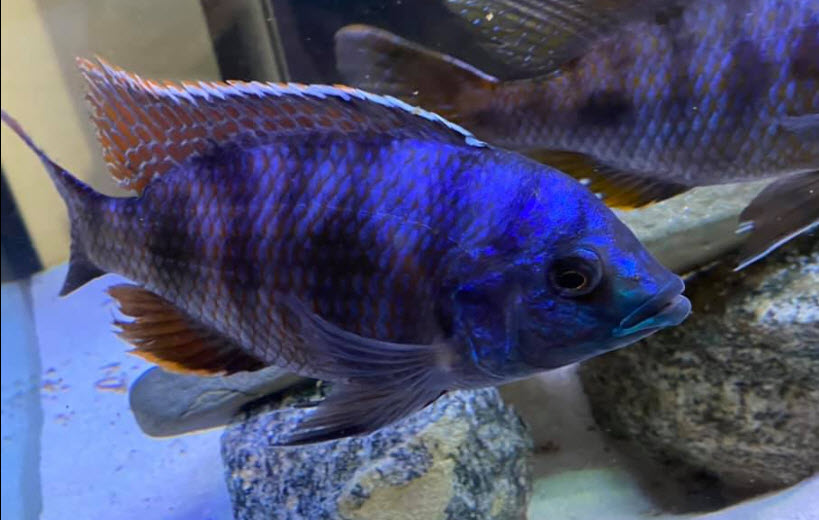
“Googled” Reviews of UV Units
Be cautious with websites which “review” items like UV sterilizers, like a site “Aquaanswers” from Momchil or the “Aquarium Store Depot”. Their recommendations are based on the profit motive, not science. The have links in the review to products on Amazon they are recommending. For every click on that link that results in a sale they receive a fee. If the website came to light through the use of Google, Google gets a commission. How accurate do you think the reviews will be?
Indeed any research done on the web with search engines will only give you “Science” (actually marketing hype disguised as science) which has a whole lot of words which are highlighted in blue and underlined. Click on these “links” and you will typically end up at an Amazon website which is selling some product. Buy this product and the “Science” website gets a commission. How accurate do you think the “Science” will be?
I have searched high and low for unbiased data on the efficiency of any given UV bulb. And I have been unable to find any such data. The data on the web one can find is heavily biased and simply not reliable. This includes such sites as Sera Amalgam UV and Osram Puritec UV.
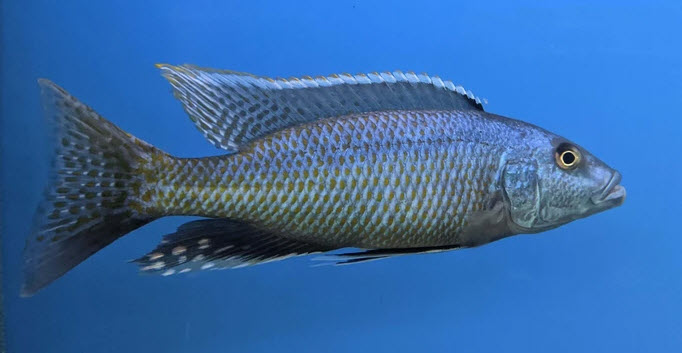
Further Information
For more information on UV click on the following links:
Don’t look at working UV-C lamp!


